
-
Hydroxylamine hcl
Hydroxylamine hcl is White needle crystal, deliquescent, relative density1.67, melting point 151°C (decomposition) , Soluble in water, ethanol and glycerol, insoluble in ether.Tags : High effective Hydroxylamine hcl Low price Hydroxylamine hcl Fast delivery Hydroxylamine hcl
-
Triphenylsilanol Triphenylhydroxysilane cas 791-31-1
Grade A Grade B Appearance White granular crystal Purity ≥99.0% Dissolve in Actone Clear Not Clear Melting point ≥148°C ≥145°C Product Name Triphenylsilanol CAS No. 791-31-1 Appearance White granular crystal Assay ≥99% MF (C6H5)3SiOH Application Intermediate Molecular Weight 276.41 Specific Gravity N/A Flash Point >200°C Boiling Point N/A Melting Point 154°C Refractive Index nD20 1.7770 Triphenylsilanol 99% min packing: 25 KGs/PE drum; or as customer's required. Port Shanghai Lead Time 5~ 15 days after payment -
Triphenylsilanol cas 791-31-1
Grade A Grade B Appearance White granular crystal Purity ≥99.0% Dissolve in Actone Clear Not Clear Melting point ≥148°C ≥145°C Product Name Triphenylsilanol CAS No. 791-31-1 Appearance White granular crystal Assay ≥99% MF (C6H5)3SiOH Application Intermediate Molecular Weight 276.41 Specific Gravity N/A Flash Point >200°C Boiling Point N/A Melting Point 154°C Refractive Index nD20 1.7770 Triphenylsilanol 99% min packing: 25 KGs/PE drum; or as customer's required. Port Shanghai Lead Time 5~ 15 days after payment -
Diphenylsilanediol; Diphenyldihydroxysilane CAS 947-42-2
Product Name Diphenylsilanediol CAS No. 947-42-2 Appearance White needle crystal Assay ≥99% MF (C6H5)2Si(OH)2 Application intermediate Molecular Weight 216.32 Specific Gravity N/A Flash Point 55°C Boiling Point N/A Melting Point 150°C Refractive Index nD20 1.6480 Diphenyldimethoxysilane 99% min packing: 20 kg/PE Drum; or as customer's required. Port Shanghai Lead Time 5~ 15 days after payment 1. Reply within 12 hours. 2. High-quality products and the most reasonable price 3. Data and chemical technology support. 4. Professional team service 5. Customiszed production for different package 6. No delay on shipmentTags : CAS 947-42-2 Diphenyldihydroxysilane Diphenylsilanediol (C6H5)2Si(OH)2
-
Citric acid CAS:77-92-9
Food additives Preservative Citric acid Citric acid CAS:77-92-9 is White translucent crystals or powder. Easily soluble in water and ethanol, soluble in ether.It is a natural component and intermediate product of physiological metabolism in animals and plants, and is also one of the most widely used organic acids in fields such as food, medicine, and chemical engineering. It is a colorless, transparent or semi transparent crystal, or a granular or particulate powder, odorless, and although it has a strong sour taste, it is pleasant with a slight aftertaste. Gradually weathered in warm air, slightly deliquescent in humid air. Specification: Citric acid pharma grade Citric acid Industrial grade Citric acid Food grade * Please refer to Certificate of Analysis for lot specific data. Application: 1)Widely used as an acid flavoring agent and pharmaceutical additive in food and beverages. It can also be used as raw materials and additives for cosmetics, metal cleaner, mordant, non-toxic plasticizer and boiler scale inhibitor. Its main salt products include sodium citrate, calcium, and ammonium salts. Sodium citrate is a blood anticoagulant, while ferric ammonium citrate can be used as a blood tonic. 2)Citric acid is the most functional and versatile acid flavoring agent. It has high solubility and strong chelating ability to metal ions, and can be used in various foods. It can be used in moderation according to production needs. In addition, this product can also be used as an antioxidant synergist, synergist for complex potato starch bleach, and preservative. 3) Used as experimental reagents, chromatographic analysis reagents, biochemical reagents, and also for the preparation of buffer solutions. Used in the food industry, especially as an acidifier, pH buffer, and as a preservative along with other compounds. In the detergent industry, it is an ideal substitute for phosphate. Boiler chemical cleaning acid cleaning agent, boiler chemical cleaning rinse agent. Mainly used as an acid flavoring agent for food, as well as in the preparation of pharmaceutical coolants and detergents 4)Mainly used as an acid flavoring agent for food, as well as in the preparation of pharmaceutical coolants, detergent additives, etc Packing: 25kg/bagTags : Citric acid CAS:77-92-9 food additive Citric acid factory acidulant 2-Hydroxy-1,2,3-propanetricarboxylic acid
-
(E)-O-(3-Chloro-2-propenyl)hydroxylamine CAS NO.87851-77-2
Product details (E)-O-(3-Chloro-2-propenyl)hydroxylamine CAS NO.87851-77-2 Payment:T/T Min order:1000kgs Lead time:7-15 daysTags : Intermidiate (E)-O-(3-Chloro-2-propenyl)hydroxylamine Wholesale (E)-O-(3-Chloro-2-propenyl)hydroxylamine (E)-O-(3-Chloro-2-propenyl)hydroxylamine raw material (E)-O-(3-Chloro-2-propenyl)hydroxylamine supply Hot sale (E)-O-(3-Chloro-2-propenyl)hydroxylamine (E)-O-(3-Chloro-2-propenyl)hydroxylamine oil liquid
-
ACID CITRIC MONOHYDRATE CAS NO.5949-29-1
Name: ACID CITRIC MONOHYDRATE CAS No.: 5949-29-1 Appearance: white crystalline powder Molecular formula: C6H10O8 Molecular Weight: 210.1388 Density: 1.54g/cm3 Melting point: 135-152°C Boiling point: 56°C760mm Hg Flash point: 173.9°C Vapor pressure: 184 mm Hg ( 20 °C) molecular structure:Tags : HYDROXYTRICARBALLYLIC ACID MONOHYDRATE CAS NO.5949-29-1 Citricacidhydrate Citric acid Monohydride CITRIC ACID H2O Citric acid Mono
-
2-Hydroxypropyl methacrylate
nature Hydroxypropyl methacrylate (HPMA) is a commonly used polymer material. 1. Appearance: The appearance of hydroxypropyl methacrylate is a colorless transparent liquid 2. Solubility: Soluble in water and also in most organic solvents, such as alcohols, ethers, esters, and aromatics. 4. Density: The density of hydroxypropyl methacrylate is 1.11-1.18 g/cm3. 6. Chemical stability: It has good chemical stability, is not easy to decompose, and will not react with most chemical substances. 7. Thermal stability: Hydroxypropyl methacrylate has good thermal stability, and its thermal stability is relatively high at high temperatures. 8. Oxidation stability: It has a certain resistance to oxidation and is not prone to oxidation and deterioration. Preparation 1. Add initiators such as hydroxypropyl methacrylate (HPMA) and hydrogen peroxide to the reactor, as well as an appropriate amount of solvents (such as methanol, ethanol, etc.). 2. Seal and shake the reaction kettle or heat it to react, causing the initiator to crack at an appropriate temperature, resulting in free radical polymerization of HPMA. After the reaction is completed, precipitate or precipitate the product with acidic water or organic solvents. 4. Filter and collect the product, wash and dry to obtain the pure product. The above is a simple preparation process for hydroxypropyl methacrylate, and the specific operating parameters and process flow may vary depending on different preparation methods and requirements. application 1. Paint and ink industry: it can be added to paint and ink as lotion and diluent to improve its viscosity, rheology and adhesion. 2. Cosmetics: Can be used in cosmetic products, such as hair gel, curling agents, sunscreen, etc., to thicken, moisturize, and prevent sun damage. 3. Daily necessities: It can be added as a thickener to daily necessities, such as detergents, facial cleansers, toothpaste, etc. 4. Pharmaceutical field: It can be used in drug sustained-release systems, such as artificial joint lubricants or eye drops for injection. In the future, with the continuous development of technology, the application prospects of hydroxypropyl methacrylate will become increasingly broad. For example, in the fields of biomedicine and drug delivery, cell delivery, and the preparation of nanomaterials, polymer materials such as hydroxypropyl methacrylate are also useful -
2-Hydroxy Ethyl Methacrylate CAS: 868-77-9
Hydroxyethyl methacrylate (HEMA) is a non-toxic, harmless, and widely used reagent, commonly used for soft lens materials, lens materials, or as a monomer for preparing dense ceramics and glass. Polyhydroxyethyl methacrylate (PHEMA) is a promising biopolymer with significant inertness, biocompatibility, and insolubility. Method 1: Place 100 ml of toluene, 62.1 (1 mol) parts of ethylene glycol, and enzymes (Novozym 435, 0.04 parts, 0.01 parts of sodium carbonate, and 0.01 parts of hydroquinone manufactured by Novo) into a 1-liter glass flask connected to a cooling tube receiver (for measuring moisture) and a reflux side tube, and heat to 40 ° C. 72.1 parts (1mol) of acrylic acid were added in batches within 10 minutes, while stirring step by step. After completing the total addition, the mixture was stirred at the same temperature under reduced pressure of 10mPa. After the reaction, the target acrylate was obtained by filtering and separating the catalyst and additives. The time required for the reaction is approximately 6 hours. The yield and composition of the obtained acrylate were determined by gas chromatography (hereinafter abbreviated as GC). [0044] [Example 2] [0045] Except for changing 72.1 parts (1 mol) of acrylic acid to 86.1 parts (1 mol) of methacrylic acid in Example 1, the target compound was obtained in a similar manner to Example 1. The time required for the reaction is approximately 5 hours. The yield of hydroxyethyl methacrylate (HEMA) was 98.5% by gas chromatography. The synthesis is continuous as shown in Figure 1. Method 2: Add 31.05g ethylene glycol (EG, 0.5mol), 47.35g (0.55mol) methacrylic acid, 40g (inside, 22g water in the catalyst before use, 18g dry weight) strong acid ion exchange resin (Amberlite IR124: gel type, 12% cross-linking degree, no pore), 0.086g HO-TEMPO, 0.086g hydroquinone and 200g toluene into a 500ml glass flask equipped with Dean Stark device, cooling pipe, thermometer and air inlet pipe, Then heat and stir at 100 ℃, while using a pump to add water at a rate of 2g/h. The water formed in the reaction is azeotropic with toluene and removed through the Dean Stark device. After 5 hours, the conversion rate of hydroxyethyl methacrylate was 87.3%. The synthesis is continuous as shown in Figure 1. purpose Hydroxyethyl methacrylate is mainly used for modifying resins and coatings. Copolymerization with other acrylic monomers can produce acrylic resins with active hydroxyl groups in the side chains, which can undergo esterification and crosslinking reactions, synthesize insoluble resins, improve adhesion, and can be used as fiber treatment agents. It reacts with melamine formaldehyde (or urea formaldehyde) resin, epoxy resin, etc. to manufacture two component coatings. Adding it to high-end car paint can maintain the mirror gloss for a long time. It can also be used as an adhesive for synthetic textiles and as a medical polymer monomerTags : 2-Hydroxy Ethyl Methacrylate CAS: 868-77-9 C6H10O3 HEMA
-
2-hydroxy ethyl methacrylate CAS: 868-77-9
Hydroxyethyl methacrylate (HEMA) is a non-toxic, harmless, and widely used reagent, commonly used for soft lens materials, lens materials, or as a monomer for preparing dense ceramics and glass. Polyhydroxyethyl methacrylate (PHEMA) is a promising biopolymer with significant inertness, biocompatibility, and insolubility. Method 1: Place 100 ml of toluene, 62.1 (1 mol) parts of ethylene glycol, and enzymes (Novozym 435, 0.04 parts, 0.01 parts of sodium carbonate, and 0.01 parts of hydroquinone manufactured by Novo) into a 1-liter glass flask connected to a cooling tube receiver (for measuring moisture) and a reflux side tube, and heat to 40 ° C. 72.1 parts (1mol) of acrylic acid were added in batches within 10 minutes, while stirring step by step. After completing the total addition, the mixture was stirred at the same temperature under reduced pressure of 10mPa. After the reaction, the target acrylate was obtained by filtering and separating the catalyst and additives. The time required for the reaction is approximately 6 hours. The yield and composition of the obtained acrylate were determined by gas chromatography (hereinafter abbreviated as GC). [0044] [Example 2] [0045] Except for changing 72.1 parts (1 mol) of acrylic acid to 86.1 parts (1 mol) of methacrylic acid in Example 1, the target compound was obtained in a similar manner to Example 1. The time required for the reaction is approximately 5 hours. The yield of hydroxyethyl methacrylate (HEMA) was 98.5% by gas chromatography. The synthesis is continuous as shown in Figure 1. Method 2: Add 31.05g ethylene glycol (EG, 0.5mol), 47.35g (0.55mol) methacrylic acid, 40g (inside, 22g water in the catalyst before use, 18g dry weight) strong acid ion exchange resin (Amberlite IR124: gel type, 12% cross-linking degree, no pore), 0.086g HO-TEMPO, 0.086g hydroquinone and 200g toluene into a 500ml glass flask equipped with Dean Stark device, cooling pipe, thermometer and air inlet pipe, Then heat and stir at 100 ℃, while using a pump to add water at a rate of 2g/h. The water formed in the reaction is azeotropic with toluene and removed through the Dean Stark device. After 5 hours, the conversion rate of hydroxyethyl methacrylate was 87.3%. The synthesis is continuous as shown in Figure 1. purpose Hydroxyethyl methacrylate is mainly used for modifying resins and coatings. Copolymerization with other acrylic monomers can produce acrylic resins with active hydroxyl groups in the side chains, which can undergo esterification and crosslinking reactions, synthesize insoluble resins, improve adhesion, and can be used as fiber treatment agents. It reacts with melamine formaldehyde (or urea formaldehyde) resin, epoxy resin, etc. to manufacture two component coatings. Adding it to high-end car paint can maintain the mirror gloss for a long time. It can also be used as an adhesive for synthetic textiles and as a medical polymer monomer
 call us :
call us :  send a message :
send a message : 









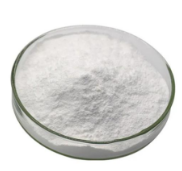
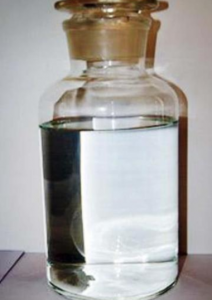
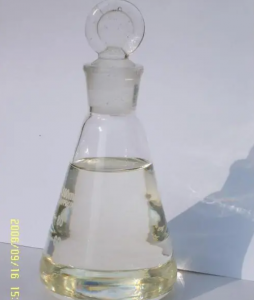
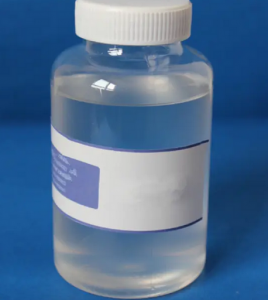
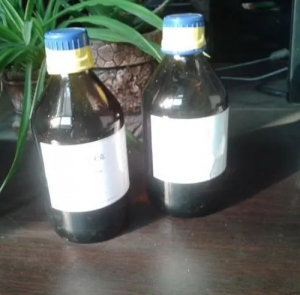
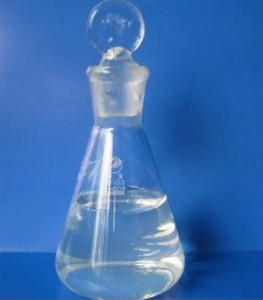
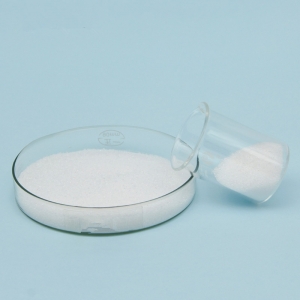
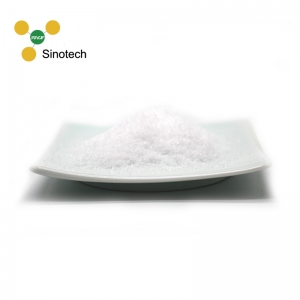
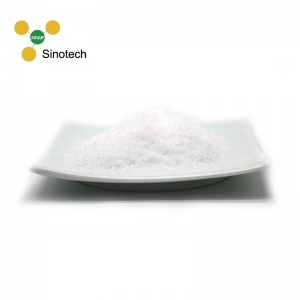
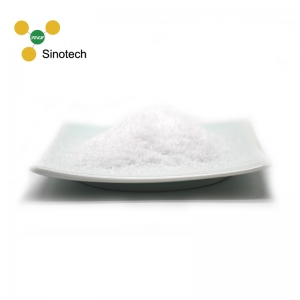
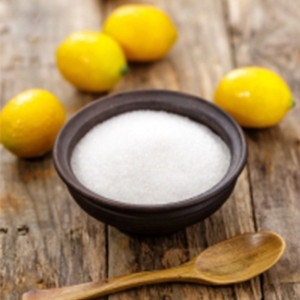
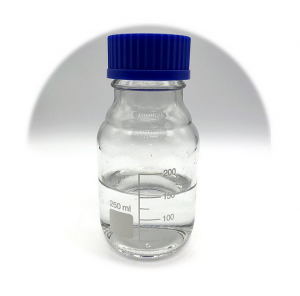
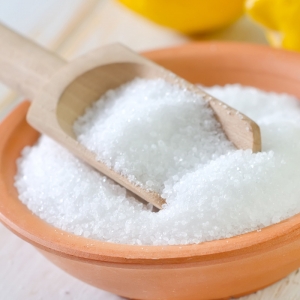
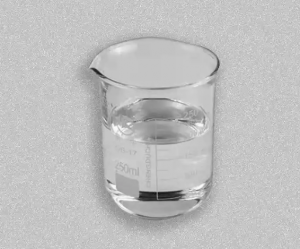
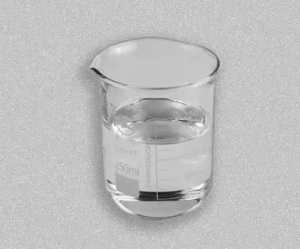
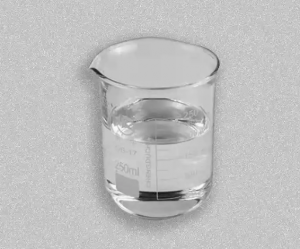
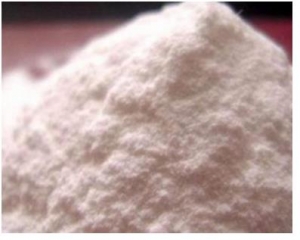
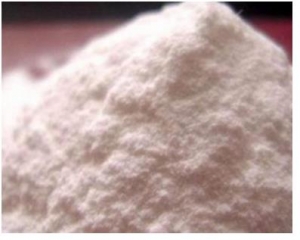

 online service
online service +8613866722531
+8613866722531

 +8613866722531
+8613866722531